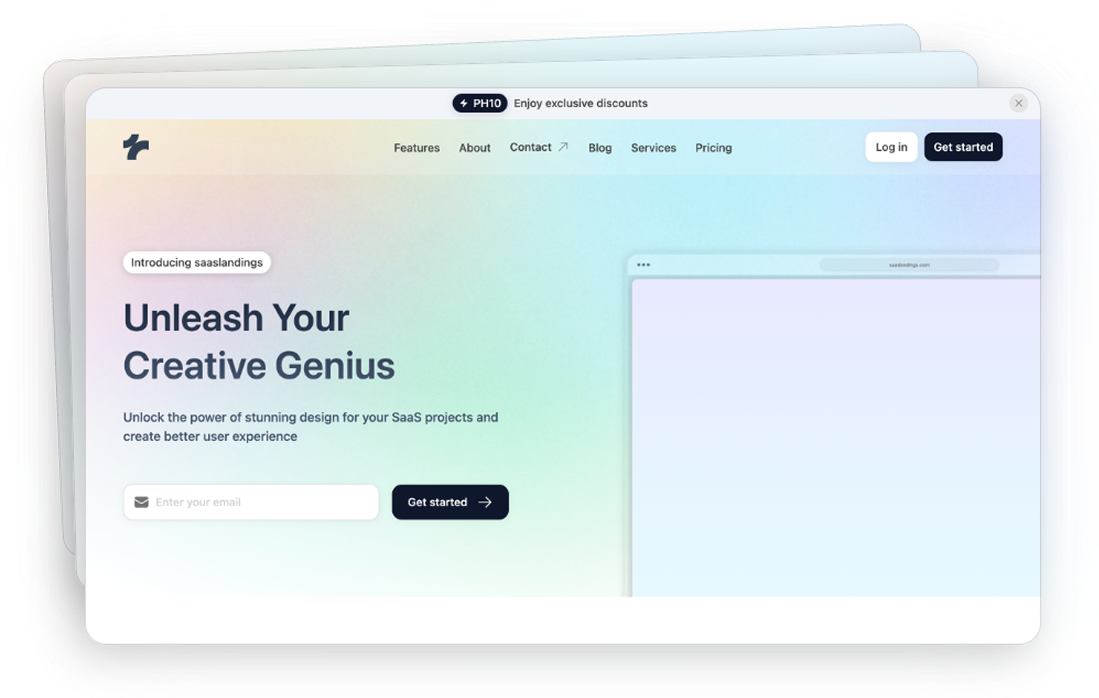
Footer Components
Finish pages with polished Tailwind footers; sitemap links, socials and newsletter sign-up baked in, with dark-mode styling out-of-the-box.
Footer 1
Gradient footer with logo, three link columns, chips, dark mode toggle & icons
Footer 2
White footer with logo, email signup, four link columns, CTA button and icons
Footer 3
Light‑blue panel with logo, link columns, theme toggle, legal links and icons
Footer 4
Minimal grey footer with logo, three link columns, copyright and icons
Footer 5
Gradient footer with email signup, link columns, dark mode toggle and icons
Footer 6
Simple white footer with logo, four link columns and social icons
Footer 7
Gradient section with newsletter signup, link columns and social icons
Footer 8
A large footer which has internal links, social links, legal links, and more.
Footer 9
White footer with logo, theme toggle, legal links and social icons
Footer 10
Footer with an email cta, legal links, and social links.
Footer 11
Footer with social icons, email cta, and legal links.
Footer 12
Minimal bar footer with centered logo, copyright left and icons right.
Can’t find the answer?
Contact us
